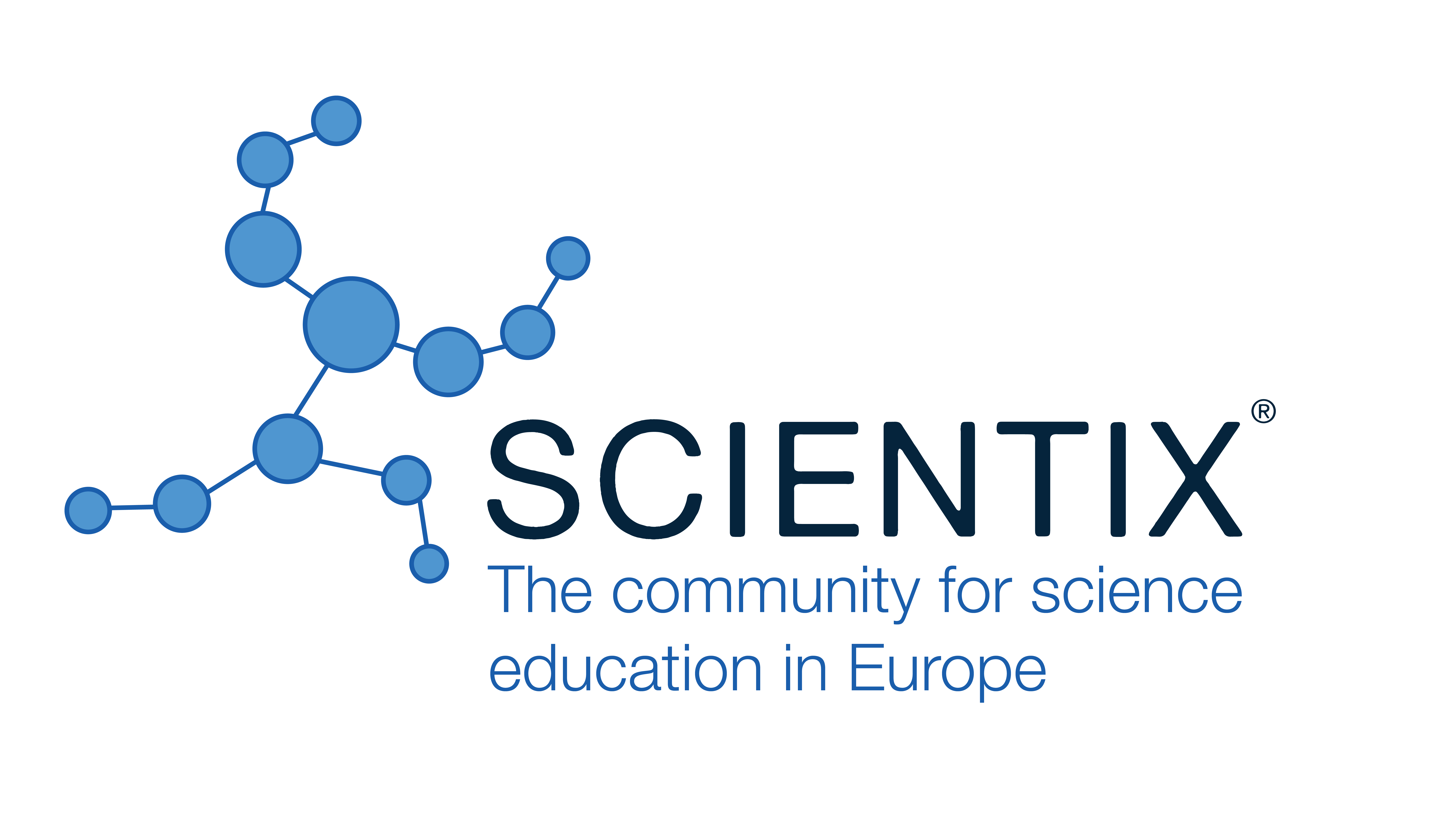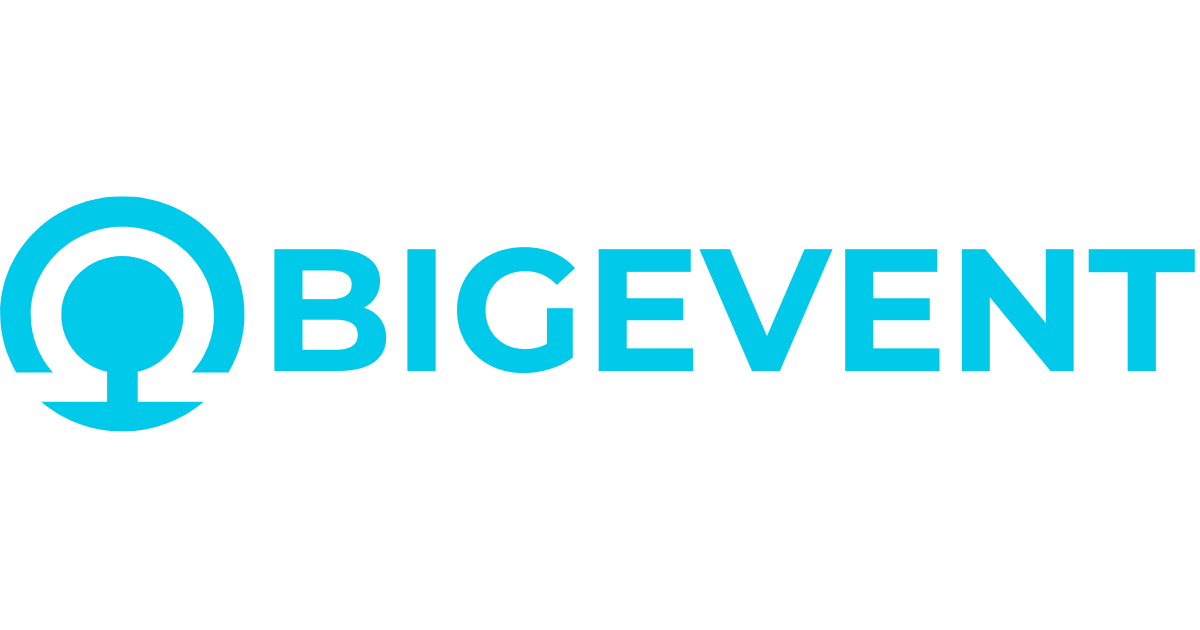Creativity, Innovation and Inclusion Mythology: Voices from Special Education Ghetto
Alan Bruce, Universal Learning Systems (Ireland)
Abstract
The question of creativity, its origins and nature, and how this relates to innovation in learning, theoretical and applied, has been at the centre of European discourse for a number of decades. The innovation imperative has been widely described either as a mechanism to secure Europe’s place in the future of global socio-economic relations or as the cornerstone of the creativity which will preserve a uniquely European perspective on human development and transformative capacity. It is necessary to consider and compare different types of organizational structures that contribute to creativity learning and innovation. It should be possible to identify different forms of organizational structures from evaluations of practice and to investigate how different methods for developing innovation and creativity work in different systems or organizations. Special education emerged in the 19th century to provide instruction specifically tailored to meet individualized needs, making education available to students who otherwise would have limited access to education. By the end of the nineteenth century the size of institutions had increased so dramatically that the goal of rehabilitation or inclusion was no longer possible. Institutions became instruments for permanent segregation. Many special education professionals became critics of institutions. Yet from this milieu many vital and important educational approaches and integrative methods emerged with a strong emancipatory direction. This paper explores those isses, trajectories and themes and the implicatons for contemporary approachesto inclusion.
Key words: Cretivity; disability; special needs; segregation; inclusion
References:
 The Future of Education
The Future of Education





























